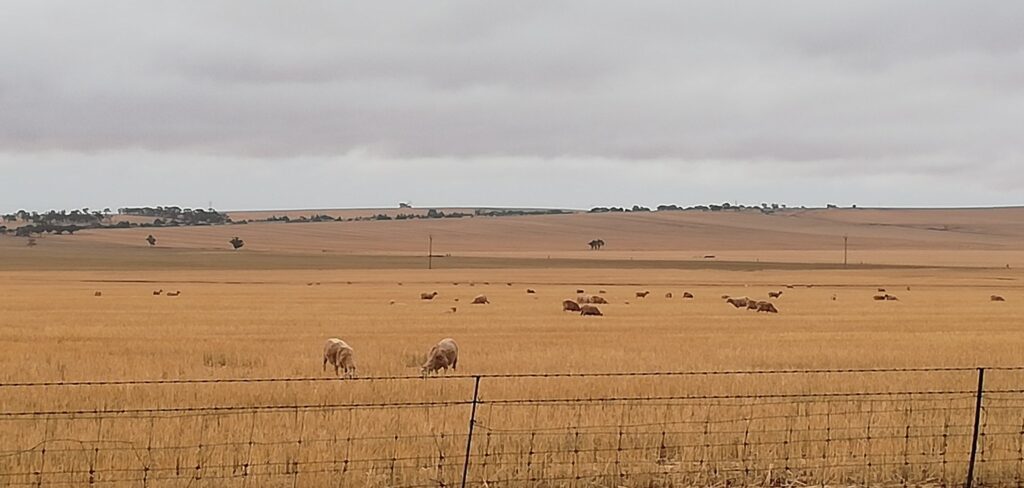The Story in Northern Territory
In 2008, the Northern Territory Department of Natural Resources, Environment and the Arts published the report: Assessment of the conservation and management of the Red Kangaroo Macropus rufus and Euro Macropus robustus in the Northern Territory (H.M. Neave)
The report concluded that: Based on the analysis of data from aerial surveys conducted over the Barkly Tableland region in 1999, Alice Springs region in 2001 and Burt Plain region in 2006, it is considered that sustainable commercial harvest of kangaroos in the Northern Territory is not feasible at this time.
The reasoning behind the abovementioned decision: However, compared to other parts of Australia where commercial harvesting occurs, densities in the Northern Territory are low (1–5 kangaroos/km) to very low (0.1–1 kangaroos/km).
The report continued: Research conducted in the western division of New South Wales indicates that densities much higher than 5 kangaroos/km2 are required to sustain a commercial industry over the majority of that area. Precluding commercial kangaroo harvest at low densities also safe–guards against kangaroo populations falling to unacceptability low densities, and reduces the impact of other catastrophic events such as drought on kangaroo populations.
The report states: The conservation of kangaroo populations and their habitat in the Northern Territory is a primary aim of management activities involving kangaroos. As such, all management actions undertaken for kangaroos must not have a negative impact on the long-term conservation and population viability of kangaroos across their natural range in the Northern Territory.

The Story in South Australia
The Northern Territory Department of Natural Resources, Environment and the Arts concluded that the sustainable commercial harvest of kangaroos in the Northern Territory is not feasible at this time because kangaroo densities in the Northern Territory are low (1–5 kangaroos/km) to very low (0.1–1 kangaroos/km).
The 2019 estimates of kangaroo populations in South Australia, taken in the middle of a drought, revealed that red kangaroo densities in South Australia for 6 harvest zones fall between 0.1-1 kangaroos/km and for 5 harvest zones fall between 1-5 kangaroos/km. Only 2 out of the 13 harvest zones had kangaroo densities higher than 5 kangaroos/km.
In Northern Territory, the conclusion is that the commercial harvest of kangaroos is not feasible given the low densities. In South Australia, the decision was made to expand the commercial harvest of kangaroos.
The 2019 estimates of kangaroo populations in South Australia, taken in the middle of a drought, revealed that western grey kangaroo densities in South Australia for 7 harvest zones fall between 0.1-1 kangaroos/km and for 5 harvest zones fall between 1-5 kangaroos/km. Only 2 out of the 13 harvest zones had kangaroo densities higher than 5 kangaroos/km.
The eastern grey kangaroo population in the South East was added to the commercial harvest in the 2020 expansion. The density of the eastern grey kangaroo population in the South East falls between 1-5 kangaroos/km.
In Northern Territory, the conclusion is that the commercial harvest of kangaroos is not feasible given the low densities. In South Australia, the decision was made to expand the commercial harvest of kangaroos.
South Australia’s Expansion is Unsustainable and Driving Kangaroos to Extinction
Assessment of the conservation and management of the Red Kangaroo Macropus rufus and Euro Macropus robustus in the Northern Territory (H.M. Neave, 2008) stated that research conducted in the western division of New South Wales indicates that densities much higher than 5 kangaroos/km2 are required to sustain a commercial industry over the majority of that area. Precluding commercial kangaroo harvest at low densities also safe–guards against kangaroo populations falling to unacceptability low densities, and reduces the impact of other catastrophic events such as drought on kangaroo populations.
Given the research alluded to in the abovementioned report, two conclusions must be drawn by the expansion of the South Australian commercial harvest of kangaroos:
- The industry is unsustainable.
- The industry places kangaroo populations, already at low densities, at risk of extinction.

